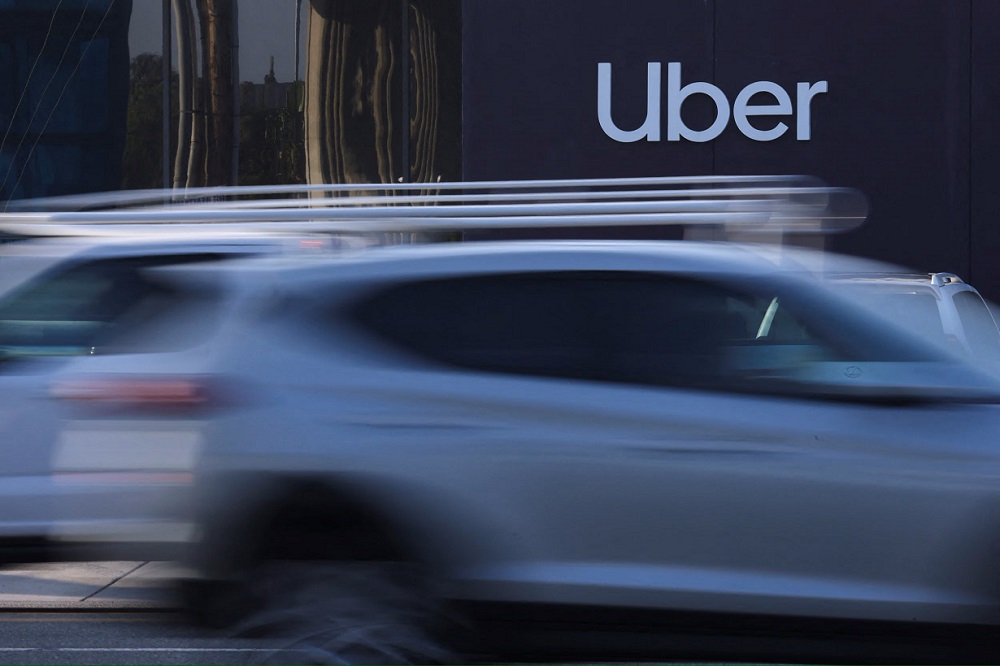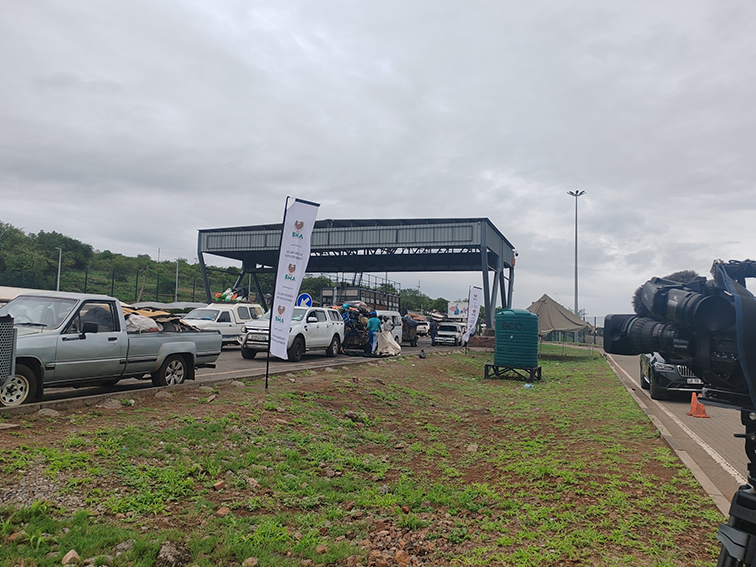-
Vehicles drive past an Uber pick up point
E-hailing organisations say that although they welcome their official recognition as a legal form of public transport, they are concerned about some issues.
Last Friday all e-hailing services, including Uber and Bolt were officially recognised following the gazetting of the National Land Transport Amendment Act (NLTA) by the Transport Department.
Under the Act, e-hailing vehicles will now operate in defined geographical zones.
However, KwaZulu-Natal e-hailing Council Chairperson Sipho Mabika says they take issue with branding and panic buttons, as this is what puts them in danger and at loggerheads with taxi operators.
“Once the driver presses the panic button, the company that installs this panic button will call the driver to check if he’s alright or if he is having problems. He might not have a phone with him as it could have been taken by the people who hijacked him. They could shoot you or kill you because you have already pressed this panic button.”
“So it’s not going to work for us because we do have this panic button. And this branding, this thing for signaling a car or taxi is going to be more dangerous now because of this branding. There are some people who don’t have apps, they will see a car that has been branded and then ask you to take them from point A to point B without requesting while we have the problem with taxi drivers because they don’t want people to take the car without requesting [going through the app] so we can have the problem with the branding also.”
VIDEO | E-hailing services officially recognised as legal public transport:
AMENDED NLTA USHERS IN e-HAILING SERVICE AS AN ADDITIONAL CHOICE OF TRANSPORT
App companies are required to register and comply with company laws in South Africa under the Department of Trade, Industry and Competition (DTIC) and South African Revenue Services (SARS) pic.twitter.com/BKvaDWYCcw
— Department of Transport (@Dotransport) September 13, 2025











